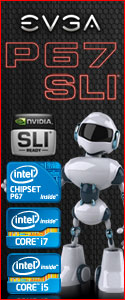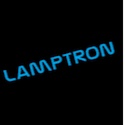Test Method
We shall be using the bang for buck Xigmatek-HDT-S1283 cooler from Xigmatek. To get an idea of how the 120mm fan performs on the market, we shall be putting it up against the rival fans already mentioned in this article that this fan is aiming to steal the market share from; the Noctua NF-S12B FLX, & the Sharkoon 1000 Golf Ball. In theory, we should be using the P12 from Noctua as that is optimised for Heatsink/PSU cooling use due to the better static pressure produced. However, since both Sharkoon and Coolink fans seem more optimised for case cooling, it would be rather unfair to use the P12 series from Noctua, so instead we shall use the FLX optimised case cooling fans here instead.
That’s not to say these Coolink fans should not be used on heatsinks for CPU/GPU cooling as the company states they are ready for a broad range of cooling methods. Though we must state, it’s suggested if you want to cool CPU heatsinks, PSU’s, or cases with restricted airflow i.e. dense dust filters, you should find a fan that has high static pressure properties like the P12 from Noctua, Scythe S-Flex series, or any 38mm thick fans like the San Ace H1011’s. For an interesting look, we have included a San Ace H1011 into the mix for a temperature comparison. Testing was done out of case on a bench table and fans were placed in a ‘push’ configuration on the cooler.
System
AMD Phenom II X3 705e UNLOCKED @ X4 4Ghz w/ 1.5v
Biostar TA785GE 128M
2GB OCZ Reaper PC2-8500
320GB WD AAKS Caviar Blue
Corsair VX 450W
With regard to fairness and objectivity, the following procedure was used. Since we have no 92 mm heatsinks, we will not be testing the temps for the 92 mm models. For the 120 mm however, we will be using just the PWM model only and setting it to run at the 1200RPM spec the non-PWM model runs at. We shall be seeing what it does at high speed settings too. Since I’m using an ‘unlocked’ AMD chip, Core temp is unable to monitor temps as well as AOD. Thankfully, BIOSTAR provide an Overclocking utility application (T-Utility OverClock III) and hardware monitor linked to the BIOS of the board thus temps were still able to be monitored correctly.
Testing was done in the form of running OCCT for 30 minutes to find the approximate load temperature. The max temp was taken from that period and that would be the load temp. Idle temps were taken after a 20 minute ‘cool down period’ after an OCCT run had finished. To make sure nothing interfered with the idle testing, an nLite copy of Windows XP 32Bit was used which was stripped down to bare bones (bench friendly).
Results
A controlled ambient temperature was kept at 12°C +/- 1.5°C


 Posted in
Posted in 





